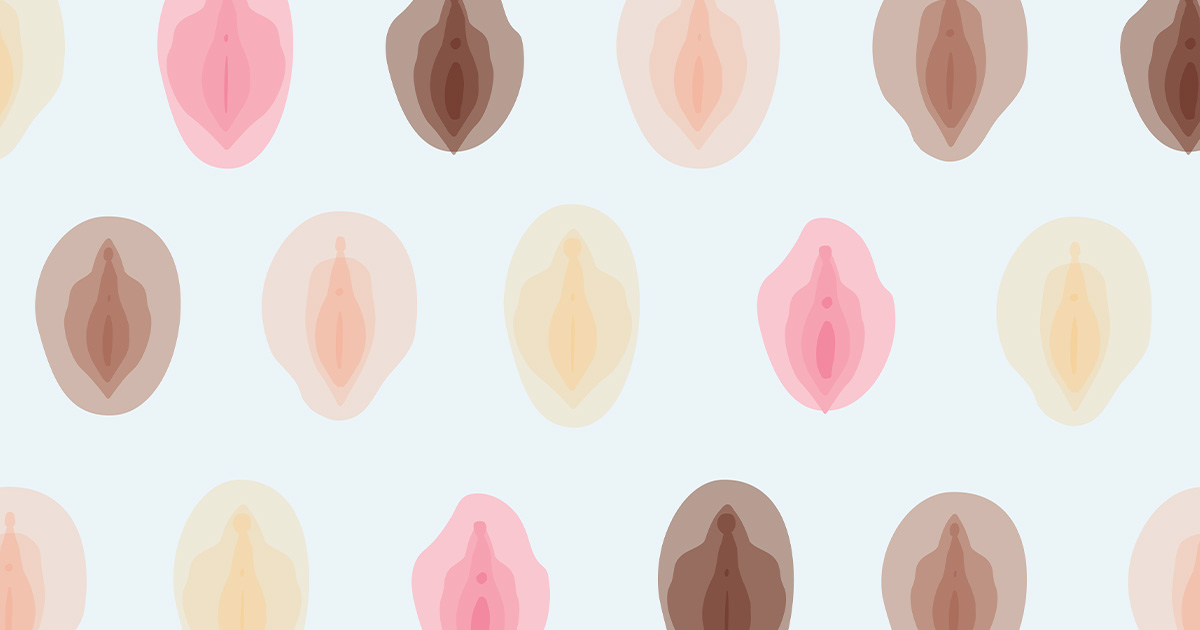
What's Up, Down There
What’s Up, Down There: Facts You Didn’t Learn in Sex-Ed
Medically accurate sex education is an important right that all women deserve. Unfortunately, what’s taught in school often leaves out some key information. In fact, according to the 2018 CDC School Health Profiles, fewer than half of high schools and less than a fifth of middle schools teach all 20 topics recommended by the CDC as essential components of sex education.
Even if it has been years since your sex-education classes, there’s still so much you can learn about your body and sexual health! Below we share some important, and surprising facts, every woman should know.
1. There’s way more to your reproductive organs than just “the vagina.”
The word “vagina” has become an all-encompassing term used to refer to the general area “down there.” When in fact, the vagina is just one part of the female anatomy. There’s also the vulva, the uterus, the cervix, the ovaries, and the fallopian tubes. For a more detailed look at the entire female anatomy, visit our blog post here.
2. Peeing before and after sex can sometimes help prevent a urinary tract infection (UTI).
Sex can cause bacteria to enter the vaginal area. When the bacteria makes its way from the urethra to the bladder, it can sometimes cause a UTI. Peeing is a natural way to help flush bacteria out of the urethra. When it comes to cleansing, you’ll want to stay clear of douches or fragranced vaginal washes as these can actually do more harm than good in disrupting your vaginal pH.
3. It’s possible to get pregnant within five days after having sex.
This sounds strange, right? It’s because some sperm can live in the vagina in cervical mucus for up to five days before the egg is fertilized. This is why a woman’s fertile window is considered six days, including the days up to ovulation, the day of ovulation, and the day after ovulation.
4. It’s also possible to get pregnant while on your period.
It’s a common myth that you can’t pregnant when you’re on your period. While the odds for pregnancy during your period are lower, it’s not impossible. Because ovulation cycles can vary, it’s possible you might ovulate before bleeding has stopped, or you might mistake your period for ovulation bleeding. Therefore, if you’re looking to prevent pregnancy, it’s important to use an effective form of birth control even while on your period.
5. When it comes to preventing pregnancy, women have more options available to us than just the pill.
If you learned anything about birth control in sex ed, it’s likely the conversation only covered the use of condoms or the pill. Today, there are so many more options available to fit our lifestyles and reproductive needs – from intrauterine devices (IUDs), to birth control injections, a patch, and more. We break down all of the options in our blog post here.
6. Oil-based lubricants shouldn’t be used with certain condoms.
Water-based or silicone lubricants are safe to use with any condom. However, latex condoms can become damaged and even break if used with oil-based lubricants. It’s also best to choose lubricants that are free of alcohol, flavorings, or perfumes as this can irritate the vagina and disrupt pH.
7. Not all sexually transmitted infections (STIs) are visible.
Those graphic stories or photos many of us might remember from sex ed class in many cases are unrealistic and misleading. In fact, the majority of STIs – like chlamydia, HPV, gonorrhea, and trichomoniasis – have no signs or symptoms. The best ways to protect yourself are to practice safe sex with a barrier method (i.e., condom or dental dam), get tested especially if you have a new partner, talk to your partner about when they were last tested, and take action with medication if you are infected.
When it comes to your sexual health, knowledge is power! Your Axia Women’s Health provider is your ally and is always available to help you navigate questions around your sexual health. We know it can be awkward to have those honest conversations, but nothing feels better than being in control of your health!



















